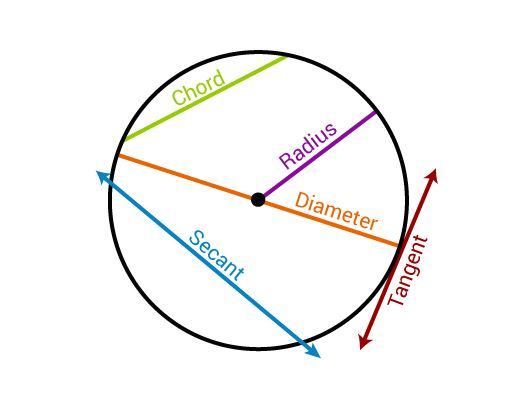

Circuli definition how to#
How to Find the Circumference of a Circle Using a Thread? The radius is the distance from the center of the circle to any point on the circumference of the circle. Radius of the CircleĪll points on the boundary of a circle are at an equal distance from its center.

Both its endpoints lie on the circumference of the circle. The diameter is a straight line passing through the center that cuts the circle in half.
Circuli definition plus#
The Bavarian Circle mostly consisted of the Wittelsbach Duchy of Bavaria plus its satellites. The Burgundian Circle encompassed the territory controlled by the Spanish Habsburgs (Franche-Comte and the Habsburg Netherlands). The Austrian Circle corresponded almost exactly with the Habsburg hereditary lands. Some of the circles were de facto controlled by a powerful noble house. the Upper Saxon Circle, including the Electorates of Saxony and BrandenburgĪlthough the empire lost several western territories after the secession of the Seven United Netherlands in 1581 and during the French annexations of the 1679 Peace of Nijmegen, the ten circles remained largely unchanged until the early 1790s, when the French Revolutionary Wars brought about significant changes to the political map of Europe.

the Electoral Rhenish Circle, including the ecclesiastical Electorates of Mainz, Cologne and Trier, and the secular Electorate of the Palatinate.the Burgundian Circle, including the patrimony of Maximilian's late wife, Mary of Burgundy.the Austrian Circle, including the Habsburg territories inherited by Maximilian I.In 1512 the Diet at Trier and Cologne organized these lands into three more circles: Originally, the territories held by the Habsburg dynasty and the Electors remained unencircled. Initially the 1500 Diet of Augsburg set up six imperial circles as part of the Imperial Reform: The Crown of Bohemia, the Swiss Confederacy and Italy remained unencircled, as did various minor territories which held imperial immediacy. In 1512, three more circles were added, and the large Saxon Circle was split into two, so that from 1512 until the collapse of the Holy Roman Empire in the Napoleonic era, there were ten imperial circles. Six imperial circles were introduced at the Diet of Augsburg in 1500. Each circle had a circle diet, although not every member of the circle diet would hold membership of the Imperial Diet as well. They were also used as a means of organization within the Imperial Diet and the Imperial Chamber Court. During the early modern period, the Holy Roman Empire was divided into imperial circles ( Latin: Circuli imperii German: Reichskreise singular: Circulus imperii Reichskreis), administrative groupings whose primary purposes were the organization of common defensive structure and the collection of imperial taxes.


 0 kommentar(er)
0 kommentar(er)
